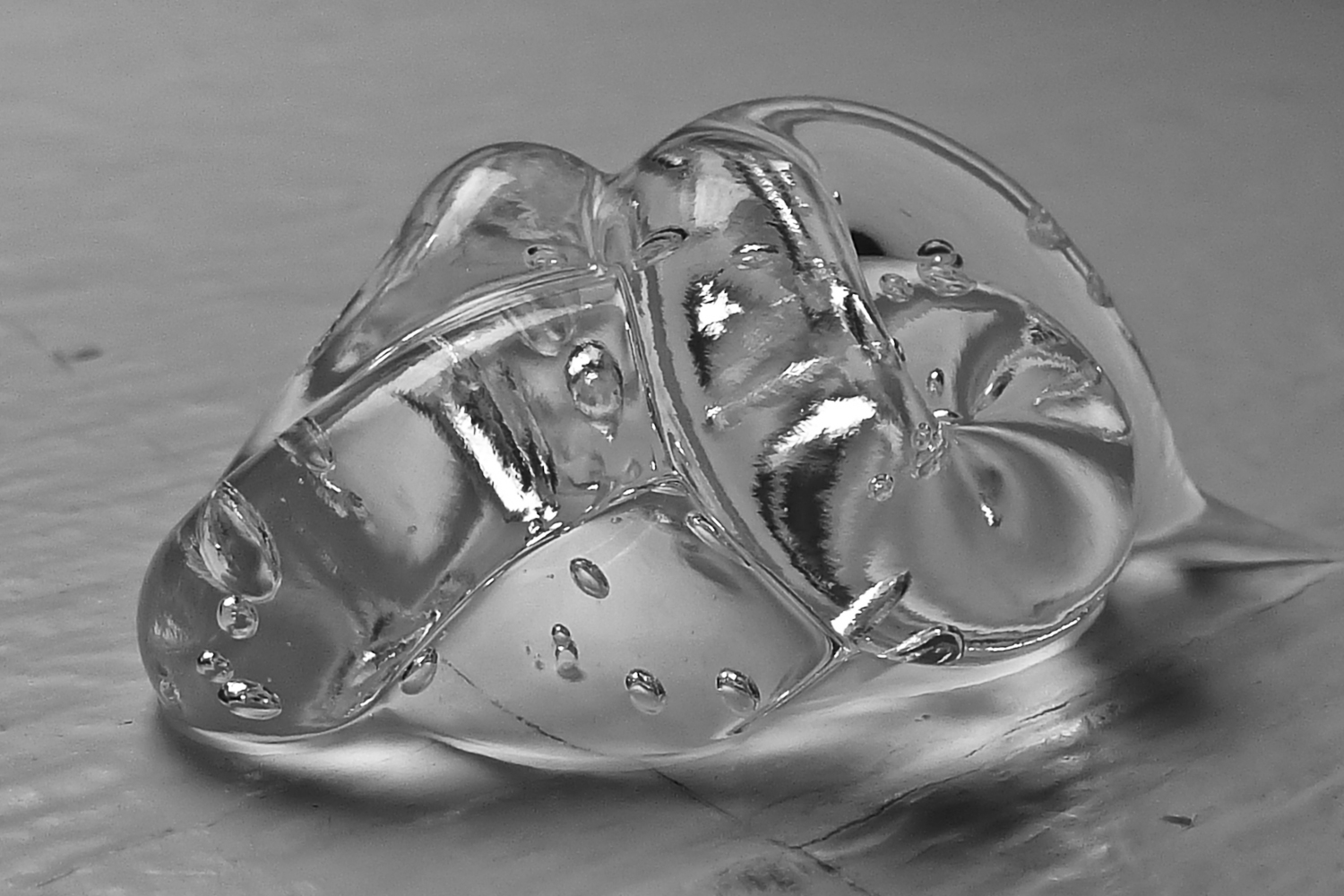|
Vinyl Acetate
Vinyl acetate is an organic compound with the formula CH3CO2CH=CH2. This colorless liquid is the precursor to polyvinyl acetate and ethene-vinyl acetate copolymers, important industrial polymers. Production The worldwide production capacity of vinyl acetate was estimated at 6,969,000 tonnes/year in 2007, with most capacity concentrated in the United States (1,585,000 all in Texas), China (1,261,000), Japan (725,000) and Taiwan (650,000). The average list price for 2008 was US$1600/tonne. Celanese is the largest producer (ca 25% of the worldwide capacity), while other significant producers include China Petrochemical Corporation (7%), Chang Chun Group (6%), and LyondellBasell (5%). It is a key ingredient in furniture glue. Preparation Vinyl acetate is the acetate ester of vinyl alcohol. Since vinyl alcohol is highly unstable (with respect to acetaldehyde), the preparation of vinyl acetate is more complex than the synthesis of other acetate esters. The major industrial ro ... [...More Info...] [...Related Items...] OR: [Wikipedia] [Google] [Baidu] |
Organic Compound
In chemistry, organic compounds are generally any chemical compounds that contain carbon- hydrogen or carbon-carbon bonds. Due to carbon's ability to catenate (form chains with other carbon atoms), millions of organic compounds are known. The study of the properties, reactions, and syntheses of organic compounds comprise the discipline known as organic chemistry. For historical reasons, a few classes of carbon-containing compounds (e.g., carbonate salts and cyanide salts), along with a few other exceptions (e.g., carbon dioxide, hydrogen cyanide), are not classified as organic compounds and are considered inorganic. Other than those just named, little consensus exists among chemists on precisely which carbon-containing compounds are excluded, making any rigorous definition of an organic compound elusive. Although organic compounds make up only a small percentage of Earth's crust, they are of central importance because all known life is based on organic compounds. Livin ... [...More Info...] [...Related Items...] OR: [Wikipedia] [Google] [Baidu] |
Hydroesterification
In industrial chemistry, carboalkoxylation is a process for converting alkenes to esters. This reaction is a form of carbonylation. A closely related reaction is hydrocarboxylation, which employs water in place of alcohols A commercial application is the carbomethoxylation of ethylene to give methyl propionate: :C2H4 + CO + MeOH → MeO2CC2H5 The process is catalyzed by Pd 6H4(CH2PBu-t)2sub>2. Under similar conditions, other Pd-diphosphines catalyze formation of polyethyleneketone. Methyl propionate ester is a precursor to methyl methacrylate, which is used in plastics and adhesives. Carboalkoxylation has been incorporated into various telomerization schemes. For example carboalkoxylation has been coupled with the dimerization of 1,3-butadiene. This step produces a doubly unsaturated C9-ester: :2CH2=CH-CH=CH2 + CO + CH3OH → CH2=CH(CH2)3CH=CHCH2CO2CH3 Hydroesterification Related to carboalkoxylation is hydroesterification, the insertion of alkenes and alkynes int ... [...More Info...] [...Related Items...] OR: [Wikipedia] [Google] [Baidu] |
Xanthate
150px, Sodium salt of ethyl xanthate Xanthate usually refers to a salt with the formula (R = alkyl; M+ = Na+, K+), thus they are the metal-thioate/''O''-esters of dithiocarbonate. The name ''xanthates'' is derived from Ancient Greek ''xanthos'', meaning “yellowish, golden”, and indeed most xanthate salts are yellow. They were discovered and named in 1823 by Danish chemist William Christopher Zeise. These organosulfur compounds are important in two areas: the production of cellophane and related polymers from cellulose and (in mining) for extraction of certain ores. They are also versatile intermediates in organic synthesis. ''Xanthate'' can also refer to the ''O'',''S''-ester of xanthic acid. These esters have the structure ROC(=S)SR′. Formation and structure Xanthate salts are produced by the treatment of an alcohol, alkali, and carbon disulfide. The process is called xanthation. In chemical terminology, the alkali reacts with the alcohol to produce an alkoxide, which ... [...More Info...] [...Related Items...] OR: [Wikipedia] [Google] [Baidu] |
RAFT (chemistry)
A raft is any flat structure for support or transportation over water. It is usually of basic design, characterized by the absence of a hull. Rafts are usually kept afloat by using any combination of buoyant materials such as wood, sealed barrels, or inflated air chambers (such as pontoons), and are typically not propelled by an engine. Rafts are an ancient mode of transport; naturally-occurring rafts such as entwined vegetation and pieces of wood have been used to traverse water since the dawn of humanity. Human-made rafts Traditional or primitive rafts were constructed of wood or reeds. Modern rafts may also use pontoons, drums, or extruded polystyrene blocks. Inflatable rafts up to the 20th century used flotation chambers made of goat- or buffalo-skins, but most now use durable, multi-layered rubberized fabrics. Depending on its use and size, it may have a superstructure, masts, or rudders. Timber rafting is used by the logging industry for the transportation of logs, b ... [...More Info...] [...Related Items...] OR: [Wikipedia] [Google] [Baidu] |
Hair Gel
Hair gel is a hairstyling product that is used to harden hair into a particular hairstyle. History Analysis of ancient Egyptian mummies has shown that they styled their hair using a fat-based gel. The researchers behind the analysis say that the Egyptians used the product to ensure that their style stayed in place in both life and death. Natalie McCreesh, an archaeological scientist from the KNH Centre for Biomedical Egyptology at the University of Manchester, England, and her colleagues studied hair samples taken from 18 mummies. The oldest is approximately 3,500 years old, but most were excavated from a cemetery in the Dakhleh Oasis in the Western Desert and date from Greco-Roman times, around 2,300 years ago. The Irish bog body Clonycavan Man, which has been radiocarbon dated to between 392 BC and 201 BC, was found to have been using a hair gel made from pine tree resin imported from Spain or South-west France. In 1914, in a small pharmacy located in the heart of Bu ... [...More Info...] [...Related Items...] OR: [Wikipedia] [Google] [Baidu] |
Polyvinylpyrrolidone
Polyvinylpyrrolidone (PVP), also commonly called polyvidone or povidone, is a water-soluble polymer made from the monomer ''N''-vinylpyrrolidone. PVP is available in a range of molecular weights and related viscosities, and can be selected according to the desired application properties. Uses Medical It is used as a binder in many pharmaceutical tablets; it simply passes through the body when taken orally. PVP added to iodine forms a complex called povidone-iodine that possesses disinfectant properties. This complex is used in various products like solutions, ointment, pessaries, liquid soaps and surgical scrubs. It is known under the trade names Pyodine and Betadine, among a plethora of others. It is used in pleurodesis (fusion of the pleura because of incessant pleural effusions). For this purpose, povidone iodine is equally effective and safe as talc, and may be preferred because of easy availability and low cost. PVP is used in some contact lenses and their packaging ... [...More Info...] [...Related Items...] OR: [Wikipedia] [Google] [Baidu] |
Polyvinyl Chloride Acetate
Polyvinyl chloride acetate (PVCA) is a thermoplastic copolymer of vinyl chloride and vinyl acetate. It is used in the manufacture of , of protective coverings (including s), and of credit card
A credit card is a payment card issued to users (cardholders) to enable the cardholder to pay a merchant for goods and services based on the cardholder's accrued debt (i.e ...
[...More Info...] [...Related Items...] OR: [Wikipedia] [Google] [Baidu] |
Acrylic Acid
Acrylic acid (IUPAC: propenoic acid) is an organic compound with the formula CH2=CHCOOH. It is the simplest unsaturated carboxylic acid, consisting of a vinyl group connected directly to a carboxylic acid terminus. This colorless liquid has a characteristic acrid or tart smell. It is miscible with water, alcohols, ethers, and chloroform. More than a million tons are produced annually. History The word "acrylic" was coined in 1843, for a chemical derivative of acrolein, an acrid-smelling oil derived from glycerol. Production Acrylic acid is produced by oxidation of propylene, which is a byproduct of the production of ethylene and gasoline: : 2 CH2=CHCH3 + 3 O2 → 2 CH2=CHCO2H + 2 H2O Historical methods Because acrylic acid and its esters have long been valued commercially, many other methods have been developed. Most have been abandoned for economic or environmental reasons. An early method was the hydrocarboxylation of acetylene (" Reppe chemistry"): : This method req ... [...More Info...] [...Related Items...] OR: [Wikipedia] [Google] [Baidu] |
Copolymer
In polymer chemistry, a copolymer is a polymer derived from more than one species of monomer. The polymerization of monomers into copolymers is called copolymerization. Copolymers obtained from the copolymerization of two monomer species are sometimes called ''bipolymers''. Those obtained from three and four monomers are called ''terpolymers'' and ''quaterpolymers'', respectively. Copolymers can be characterized by a variety of techniques such as NMR spectroscopy and size-exclusion chromatography to determine the molecular size, weight, properties, and composition of the material. Commercial copolymers include acrylonitrile butadiene styrene (ABS), styrene/butadiene co-polymer (SBR), nitrile rubber, styrene-acrylonitrile, styrene-isoprene-styrene (SIS) and ethylene-vinyl acetate, all of which are formed by chain-growth polymerization. Another production mechanism is step-growth polymerization, which is used to produce the nylon-12/6/66 copolymer of nylon 12, nylon 6 and n ... [...More Info...] [...Related Items...] OR: [Wikipedia] [Google] [Baidu] |
Monomer
In chemistry, a monomer ( ; ''mono-'', "one" + '' -mer'', "part") is a molecule that can react together with other monomer molecules to form a larger polymer chain or three-dimensional network in a process called polymerization. Classification Monomers can be classified in many ways. They can be subdivided into two broad classes, depending on the kind of the polymer that they form. Monomers that participate in condensation polymerization have a different stoichiometry than monomers that participate in addition polymerization: : Other classifications include: *natural vs synthetic monomers, e.g. glycine vs caprolactam, respectively *polar vs nonpolar monomers, e.g. vinyl acetate vs ethylene, respectively *cyclic vs linear, e.g. ethylene oxide vs ethylene glycol, respectively The polymerization of one kind of monomer gives a homopolymer. Many polymers are copolymers, meaning that they are derived from two different monomers. In the case of condensation polymerizations, ... [...More Info...] [...Related Items...] OR: [Wikipedia] [Google] [Baidu] |
Ethylidene Diacetate
Ethylidene diacetate is an organic compound with the formula (CH3CO2)2CHCH3. A colorless low-melting solid, it once served as a precursor to vinyl acetate. Preparation A major industrial route involves the reaction of acetaldehyde and acetic anhydride in the presence of a ferric chloride catalyst:GB Patent 238825A 'Process of Manufacture of Acetic Anhydride and Aldehyde' :CH3CHO + (CH3CO)2O → (CH3CO2)2CHCH3 It can be converted to the valuable monomer vinyl acetate by thermal elimination of acetic acid Acetic acid , systematically named ethanoic acid , is an acidic, colourless liquid and organic compound with the chemical formula (also written as , , or ). Vinegar is at least 4% acetic acid by volume, making acetic acid the main componen ...: :(CH3CO2)2CHCH3 → CH3CO2CH=CH2 + CH3CO2H References Acetate esters ... [...More Info...] [...Related Items...] OR: [Wikipedia] [Google] [Baidu] |
Thermal Decomposition
Thermal decomposition, or thermolysis, is a chemical decomposition caused by heat. The decomposition temperature of a substance is the temperature at which the substance chemically decomposes. The reaction is usually endothermic as heat is required to break chemical bonds in the compound undergoing decomposition. If decomposition is sufficiently exothermic, a positive feedback loop is created producing thermal runaway and possibly an explosion or other chemical reaction. Decomposition temperature definition A simple substance (like water) may exist in equilibrium with its thermal decomposition products, effectively halting the decomposition. The equilibrium fraction of decomposed molecules increases with the temperature. Examples * Calcium carbonate (limestone or chalk) decomposes into calcium oxide and carbon dioxide when heated. The chemical reaction is as follows: ::CaCO3 → CaO + CO2 :The reaction is used to make quick lime, which is an industrially important product. :A ... [...More Info...] [...Related Items...] OR: [Wikipedia] [Google] [Baidu] |



